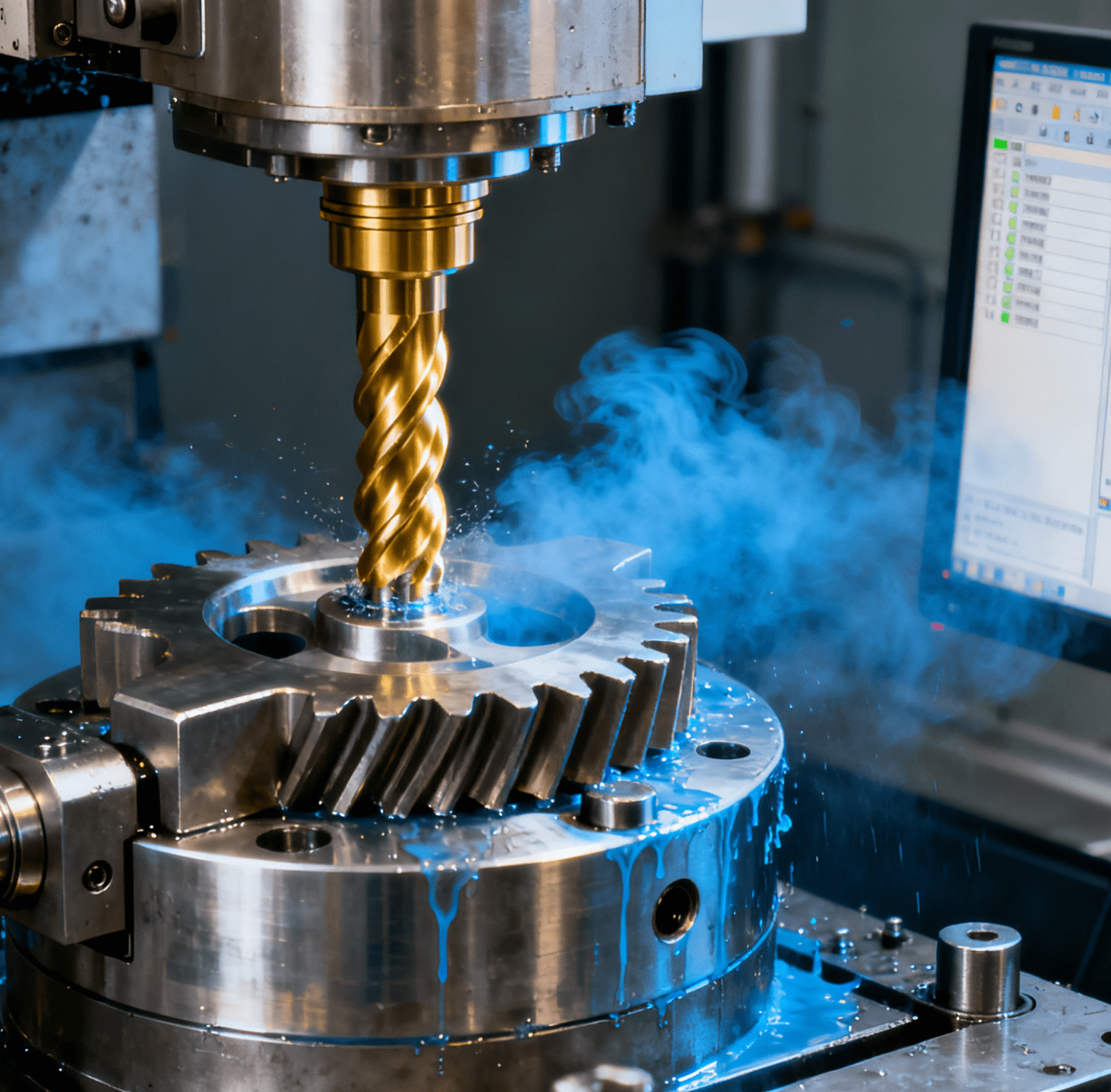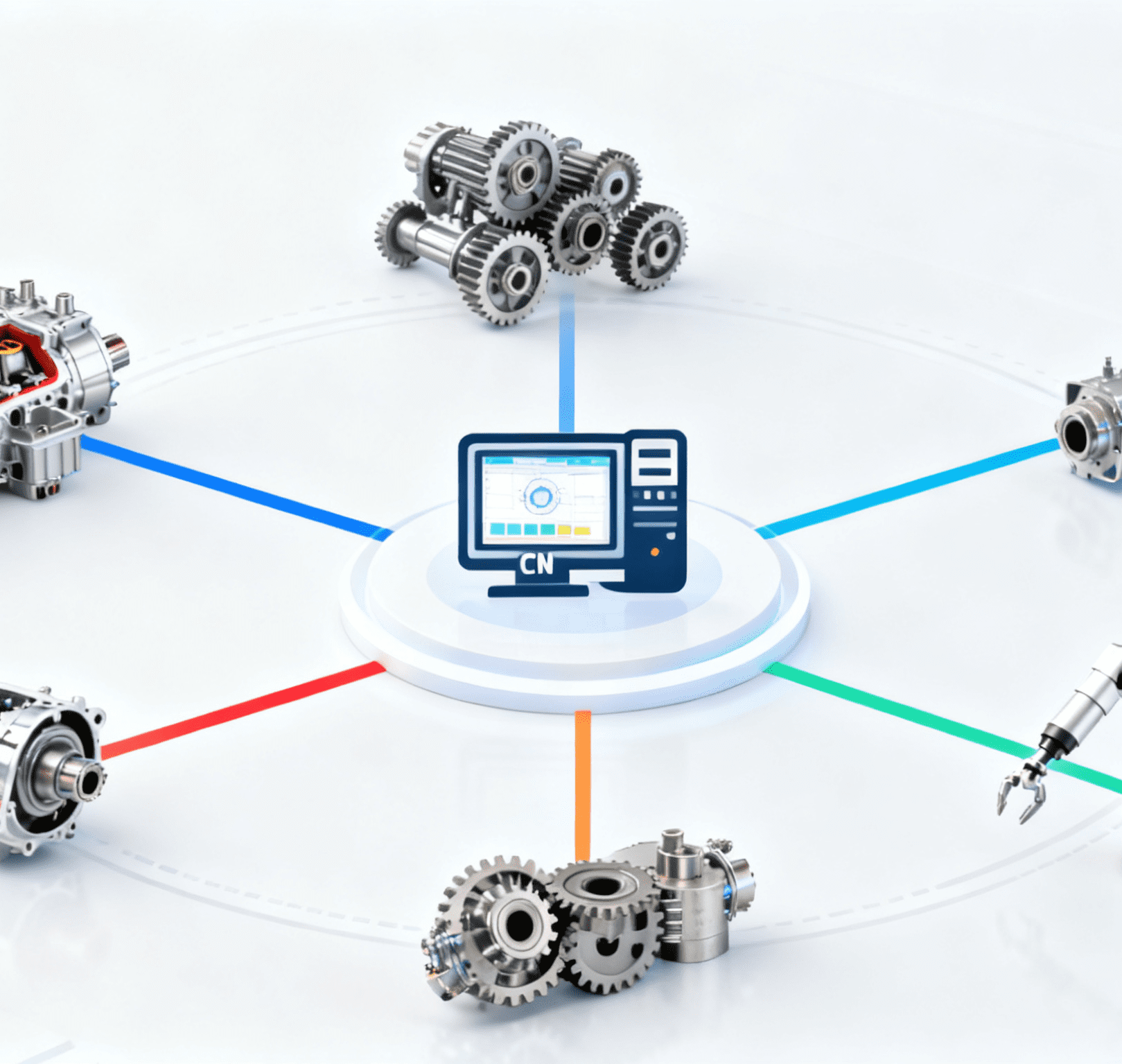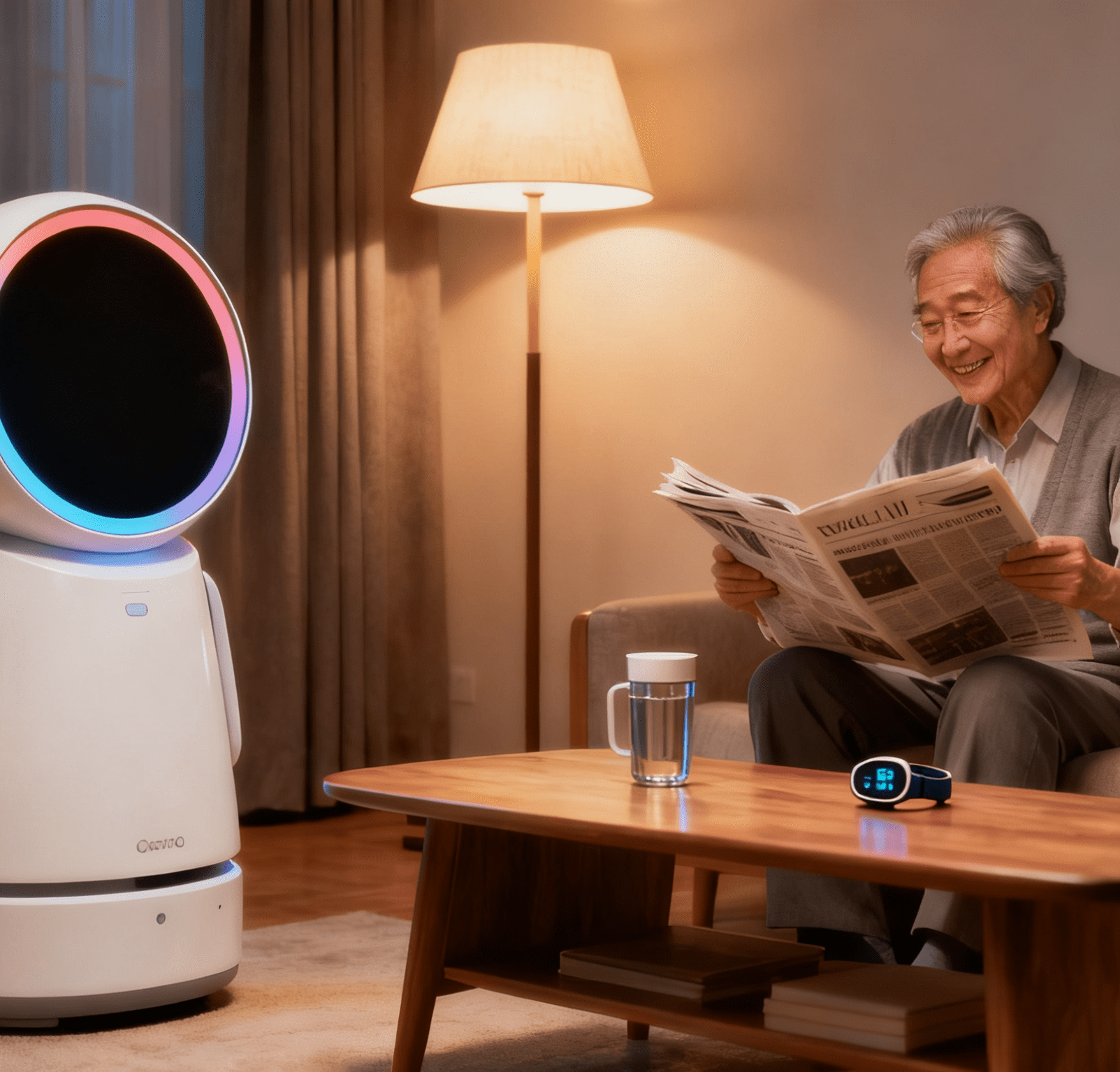Table of Contents
ToggleHyperwar, Artificial Intelligence, and Homo Sapiens: Rethinking Warfare’s Neuroanatomical Future in the Age of Intelligent Automation

Napoleon famously declared that “an army marches on its stomach,” but the true engine of war has always been human cognition. From a 19th-century artillery officer calculating trajectories to a modern F-35 pilot interpreting data from helmet-mounted displays, warfare has relied on the prefrontal cortex’s decision-making machinery and parietal lobe’s data-processing capabilities. Yet, as intelligent automation and artificial intelligence (AI) reshape industries, they are also revolutionizing the neuroanatomy of war. For the first time, human cognitive functions may take a backseat to AI-driven systems, marking a paradigm shift toward “hyperwar”—a battlefield where machines dominate decision-making, and Homo sapiens face an existential reckoning with their role in conflict.
The Cognitive Core of War: From Brains to Algorithms
Warfare has always been a contest of neural efficiency. The Napoleonic officer’s brain integrated sensory data, memory, and logic to execute fire missions, a process mirrored in today’s pilots, whose biological algorithms are augmented by high-performance computing. This continuity underscores a fundamental truth: human cognition is the bottleneck in modern warfare. But AI and intelligent automation now threaten to dismantle this bottleneck.
Autonomous weapon systems, machine-learning algorithms, and robotic swarms are not merely tools; they are replications of biological intelligence—only faster, more scalable, and devoid of human limitations. For example, AI-driven facial recognition and drone swarming mimic neural pathways and collective animal behavior (e.g., bird flocks), demonstrating how machines can mirror and surpass human cognitive processes. As US Marine Corps General John Allen and Amir Husain argue, hyperwar will reduce humans to “very high-level and broad input” providers, with AI and robots dominating the OODA loop (observe, orient, decide, act).
Hyperwar in Practice: Data, Robots, and the Russo-Ukraine Laboratory
The Russo-Ukraine War exemplifies hyperwar’s emerging features, where intelligent automation and AI are already reshaping battlefield dynamics:
- Geospatial Intelligence: Satellite imagery and AI-powered object recognition give Ukrainian forces a real-time edge in targeting Russian assets.
- Open-Source Exploitation: Neural networks analyze social media and public data to track enemy movements, translating raw information into actionable intelligence—a process previously reliant on human analysts.
- Drone Warfare Evolution: Ukrainian engineers use publicly available AI models to retrain drone software with battlefield data, enhancing precision and autonomy. Systems like the US Switchblade and Russian Lancet-3 already prioritize computer vision for target identification, signaling a shift toward AI-centric weaponry.
This conflict also highlights the symbiosis of data and robotics. Global data generation, projected to hit 180 zettabytes in 2025, fuels AI training and robotic swarm coordination—foundations of hyperwar. Meanwhile, space warfare introduces new frontiers: AI-driven “bodyguard satellites” could monitor orbital threats, processing data beyond human capacity to detect stealthy attacks.
From Horses to AI: The Evolution of Military Partnerships
Throughout history, humans have enhanced warfare by partnering with other species—horses for mobility, dogs for detection—rewiring their neural pathways through selective breeding. Today, AI represents the next stage of this partnership, but with a critical difference: machines are not domesticable in the traditional sense.
Drone operators illustrate this tension. While they retain control (for now), their role is increasingly marginalized by AI’s speed. Hyperwar may further relegate humans to spectators, as non-biological systems outpace neural decision cycles. Unlike horses or dogs, AI is not a tool but a cognitive peer—a “partner” that could surpass human oversight. This raises existential questions: Can we design AI with ethical constraints, or will we become the biological relics of our own creation?
Implications for Global Defense: The US-Turkish Nexus and NATO’s Future
The US and Turkey, NATO’s drone warfare leaders, are positioned to shape hyperwar’s trajectory. Both nations are advancing toward “human-out-of-the-loop” operations, where AI handles tactical decisions. Collaborating with Ukraine—a battlefield pioneer in AI-driven C4ISR (command, control, communications, computers, intelligence, surveillance, and reconnaissance)—could accelerate NATO’s dominance in hyperwarfare technologies, from satellite internet integration to private imagery analytics.
A trilateral partnership (US-Turkey-Ukraine) that merges defense industries and government agencies would create a learning ecosystem, leveraging Ukraine’s real-world AI applications against Russian aggression. Such collaboration is vital, as hyperwar’s winners will be those who master the fusion of intelligent automation, data, and robotics—not just in combat, but in strategic foresight.
Conclusion: The Neuroanatomical Revolution and Humanity’s Place in Hyperwar
Hyperwar is not just a technological shift; it is a neuroanatomical revolution that challenges Homo sapiens’ millennia-long role as warfare’s central intelligence. As intelligent automation and AI take over cognitive tasks, humans must confront their limitations: slower processing, emotional bias, and physical vulnerability. Yet, this transition also offers a paradox: by ceding tactical control to machines, humans may focus on strategic ethics and long-term governance—assuming we can maintain oversight.
The lesson from history is clear: those who fail to adapt become obsolete. In the 20th century, nations that mastered mechanization dominated; in the 21st, mastery of AI and intelligent automation will define dominance. For the US, Turkey, and NATO, the choice is stark: lead the hyperwar revolution or risk becoming bystanders in a conflict where human minds are no longer the primary weapons.
As we stand on the precipice, one question remains: Can we domesticate AI’s cognitive power without losing control of our own destiny? The answer will determine whether hyperwar becomes a tool for security or a catalyst for existential risk—a challenge as profound as any in human history.




















